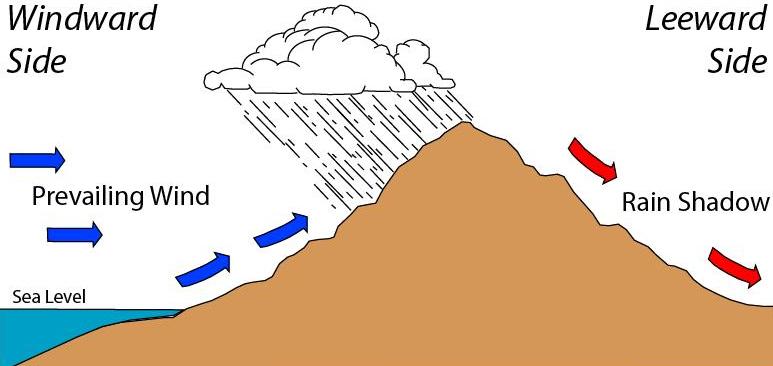Cody Williams
AP Environmental Science ♻️
252 resourcesSee Units
Factors That Influence Climate
There are many factors that influence climate, but there are some geologic and geographic factors that can play a big role.
- The sun: The sun is the primary source of energy for the Earth's climate system. The intensity of the sun's radiation can vary slightly over time, which can have an effect on the Earth's climate. Additionally, variance in seasons and latitude (season intensity in the Arctic, versus the United States, versus Ecuador, versus the Antarctic...) as we discussed before clearly contributes to unique climates. Solar radiation and its dispersion can greatly influence a climate.
- Earth's orbit: The shape of the Earth's orbit around the sun can affect the amount of solar energy that reaches the Earth's surface. The ellipse that our planet orbits on is not a circle, so climates can change depending on proximity.
- Greenhouse gases: Greenhouse gases (like CO2 or methane gas) heat our atmosphere since it absorbs energy. Contributions like mass deforestations and burning of fossil fuels maintain that humans have contributed the most to climate change and global warming. While this does irreparable damage to our planet and community, it also creates hotter, more abrasive, and more dangerous climates worldwide. It can also increase the likelihood of natural disasters, which may change the climate of a certain region if not avoided.
- Volcanoes: Large volcanic eruptions put out a lot of ashes and atmospheric gases, which cools the Earth's surface by blocking solar radiation. Be aware that this effect of the eruption will at most last several decades, and is not a permanent alteration to the climate. It also is not strong enough of a deterrent for our current situation regarding global warming.
- Ocean currents: The movement of the Earth's oceans can have a significant influence on climate because of the ocean's large heat capacity, meaning that it can store heat energy present on Earth. For example, a stream could carry warmer water into a coastal region which in turn warms the climate.
- Land masses: The shape and elevation of the Earth's land, like mountains can block the movement of air masses. This causes differences in temperature and precipitation on either side of the mountain range, and different conditions on the top of the mountain depending on its height (or altitude). The rain shadow effect results in one side of a mountain receiving more precipitation than the other side. On the windward side, warm, moist air rises up the mountain, cools, and falls as precipitation. However, on the leeward side, they don’t receive much precipitation because the air doesn’t have much moisture left.

Image Courtesy of Wikimedia
🎥 Watch: AP Environmental Science Streams
Browse Study Guides By Unit
🏜Unit 1 – The Living World: Ecosystems
🐠Unit 2 – The Living World: Biodiversity
👪Unit 3 – Populations
🌏Unit 4 – Earth Systems & Resources
🏖Unit 5 – Land & Water Use
⚡️Unit 6 – Energy Resources & Consumption
💨Unit 7 – Atmospheric Pollution
♻️Unit 8 – Aquatic & Terrestrial Pollution
🔥Unit 9 – Global Change
📚Study Tools
🤔Exam Skills

Fiveable
Resources
© 2025 Fiveable Inc. All rights reserved.